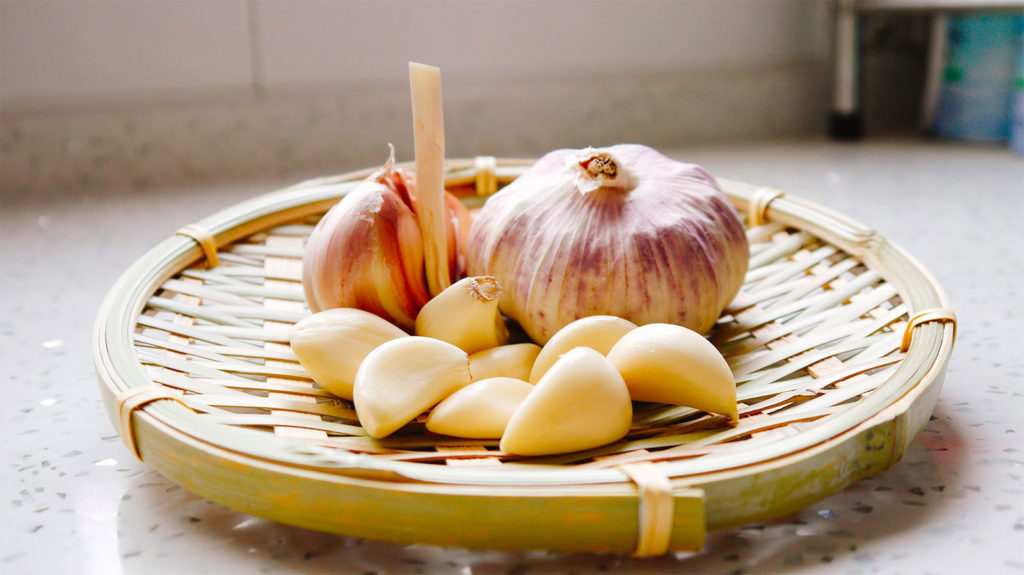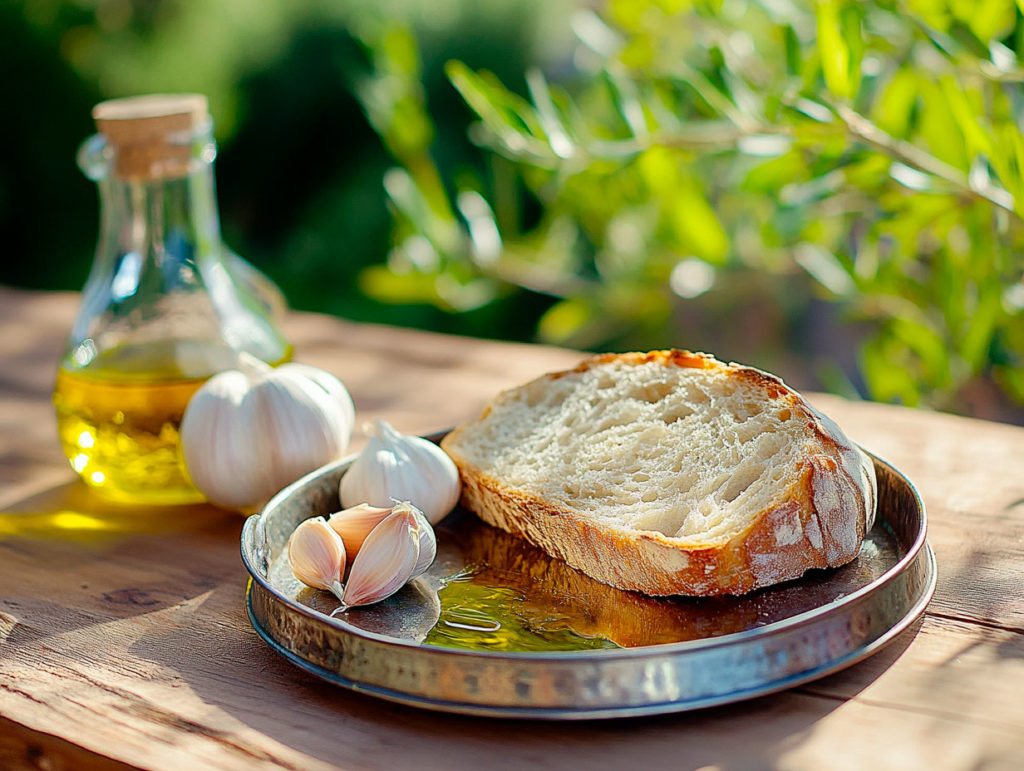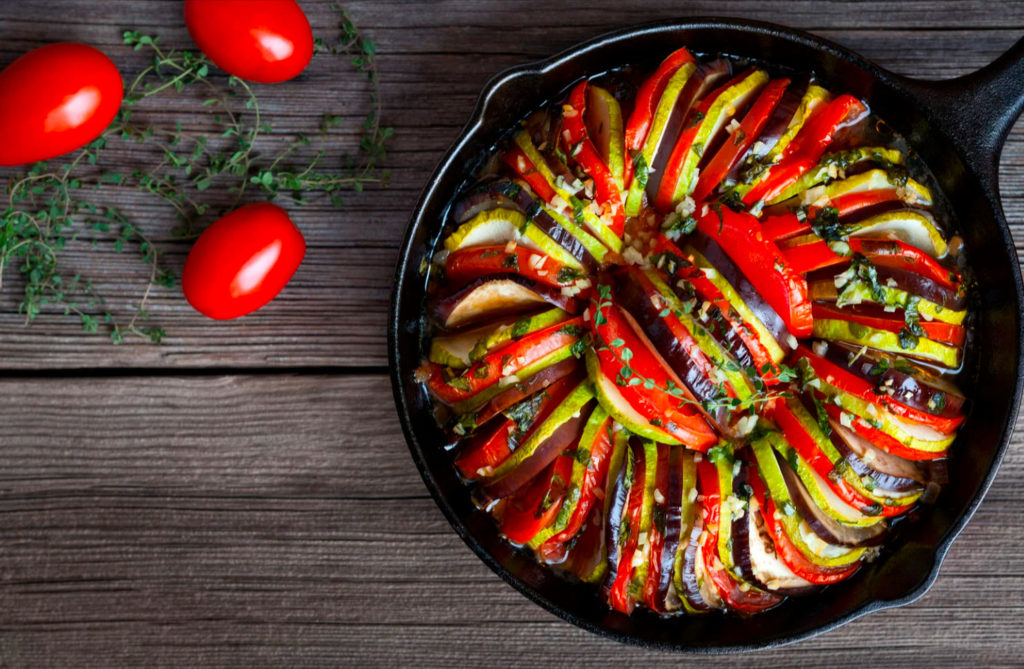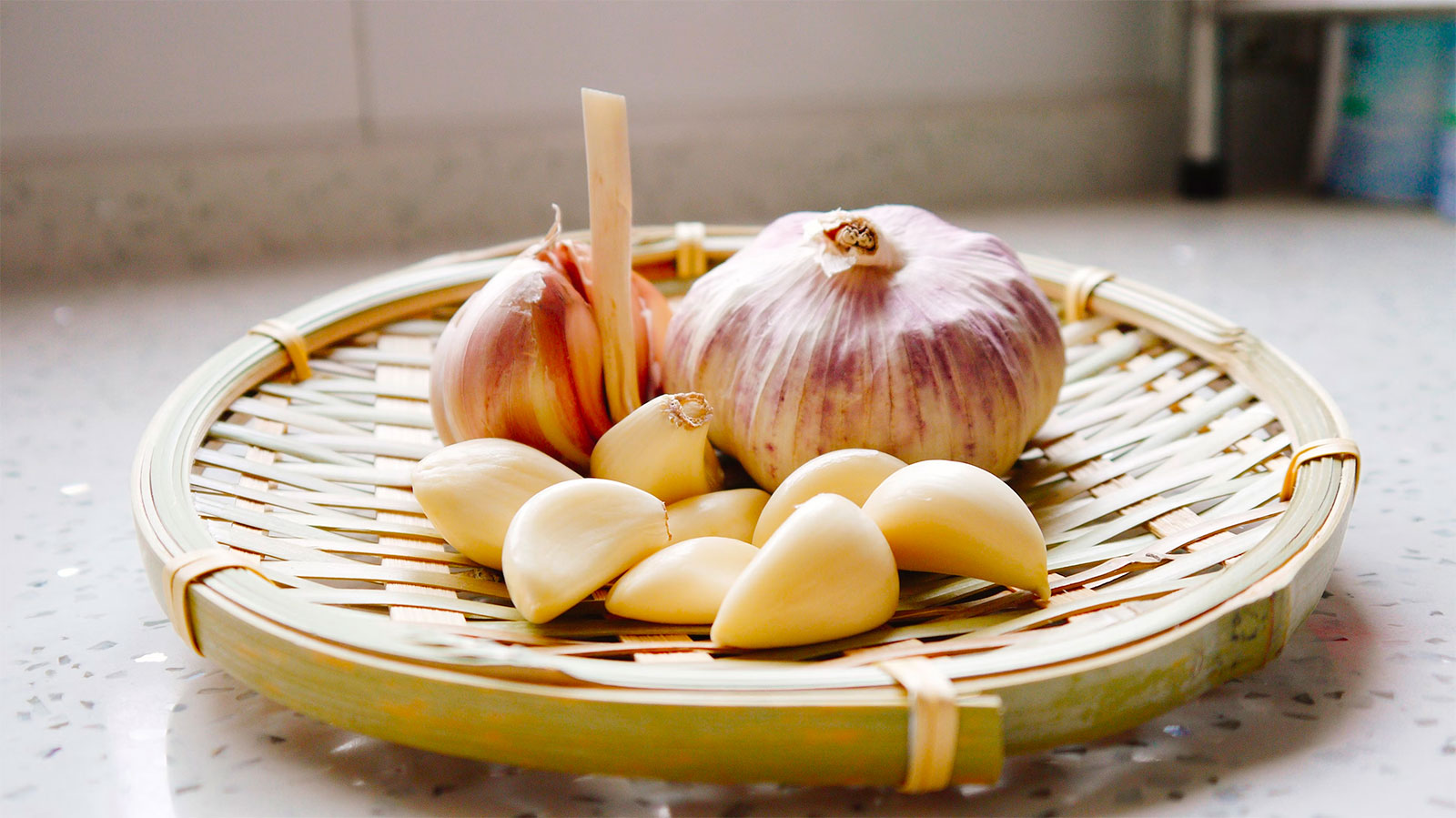Provençal cuisine, rooted in the southeastern region of France, offers a vibrant tapestry of flavors influenced by its Mediterranean climate, diverse landscapes, and historical interactions. This culinary tradition emphasizes fresh, local ingredients, aromatic herbs, and a harmonious blend of land and sea offerings.
Provence‘s varied terrain, from coastal areas to inland fields, shapes its culinary practices. The Mediterranean coastline provides an abundance of seafood, while the inland areas are rich in olive groves, vineyards, and fertile lands for vegetables and herbs. This diversity results in a cuisine that balances marine and terrestrial elements.
Key Ingredients and Flavors
- Olive Oil: Central to Provençal cooking, olive oil is used in almost every dish, reflecting the region’s extensive olive cultivation.
- Garlic: Known locally as “the truffle of Provence,” garlic imparts a robust flavor to many traditional recipes.
- Herbes de Provence: A blend typically including thyme, rosemary, basil, and bay leaf, these herbs are essential in seasoning various dishes.
- Seafood: The proximity to the Mediterranean ensures fresh fish and shellfish are staples, with dishes like bouillabaisse showcasing this bounty.
- Vegetables: Sun-ripened produce such as tomatoes, zucchini, eggplant, and bell peppers are foundational, often featured in dishes like ratatouille.

Signature Dishes
- Bouillabaisse: Originating from Marseille, this traditional fish stew combines various fish and shellfish, flavored with saffron and herbs. It’s typically served with rouille, a garlic and saffron mayonnaise.
- Ratatouille: A vegetable medley of tomatoes, zucchini, eggplant, and peppers, simmered with herbs and olive oil, exemplifying the region’s agricultural wealth.
- Aïoli: A garlic-infused mayonnaise often accompanying boiled vegetables, fish, or the “grand aïoli,” a platter of assorted items.
- Daube Provençale: A hearty beef stew marinated and slow-cooked in red wine, herbs, and vegetables, reflecting the inland culinary traditions.
- Pissaladière: A savory tart from Nice, topped with caramelized onions, anchovies, and olives, resembling a pizza but distinct in its flavors.
Culinary Traditions and Practices
Provençal cuisine is characterized by its emphasis on simplicity and respect for ingredients. Traditional cooking methods often involve slow simmering to meld flavors, as seen in stews like daube. Grilling is also popular, especially for fish and meats, allowing the natural flavors to shine.
The region’s agriculture is a cornerstone of its culinary identity. Provence is a leading producer of fresh fruits, vegetables, and flowers in France, with an annual turnover of €7.7 billion (approximately £6.6 billion or $8.8 billion), including €1.9 billion (approximately £1.6 billion or $2.2 billion) in exports. This robust agricultural sector supports over 37,100 jobs, underscoring its economic importance.
Provence is renowned for its wine production, particularly rosé wines, which constitute a significant portion of the region’s output. The area’s vineyards benefit from the Mediterranean climate, producing wines that pair well with local cuisine. Additionally, pastis, an anise-flavored liqueur, is a traditional aperitif, especially popular in Marseille.


Modern Adaptations and Global Influence
While deeply rooted in tradition, Provençal cuisine has adapted to contemporary tastes and dietary preferences. Chefs often incorporate global influences, creating innovative dishes that maintain the essence of Provençal flavors. The region’s culinary practices have also influenced global cuisine, with dishes like ratatouille gaining international recognition.
The diversity of Provençal cuisine reflects the region’s rich history, varied landscapes, and commitment to fresh, local ingredients. Its blend of traditional practices and modern adaptations continues to captivate both locals and visitors, offering a gastronomic experience that is both authentic and evolving.
Cook in France is your gateway to French cuisine and gastronomy in France. Get in touch for your next cooking workshop.
